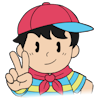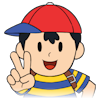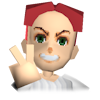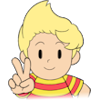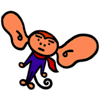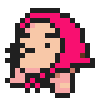About MOTHER 3 N64
by: Snowwood on 1/21/2020
MOTHER 64, officially titled MOTHER 3: Fall of the Pig King, or EarthBound 64 in the West, was the initial attempt at making a third game in the MOTHER franchise. Development began on the Super Famicom immediately after the completion of MOTHER 2, due to the commercial success of the second game as well as Shigesato Itoi’s strong pitch for a third installment.
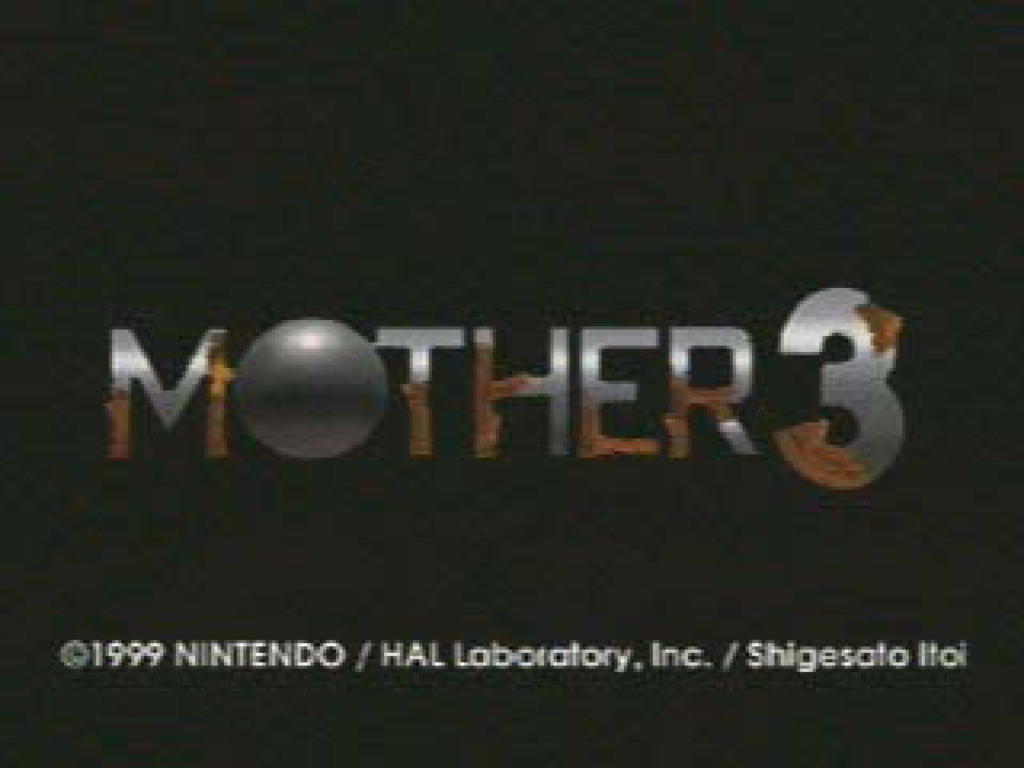
Originally conceived as a detective thriller where the player would investigate rumors floating around a small village, Itoi was determined to break the conventions of a traditional “road trip” RPG by having a game set in one village that would develop over time. The purpose of this concept was for the player to build personal relationships with the village’s inhabitants. Shigeru Miyamoto and other alumni at Nintendo found this concept baffling, yet intriguing all the same as a concept only Itoi could come up with. This interest and confidence in Itoi’s vision allowed MOTHER 64 to be greenlit.
The project soon switched to the Nintendo 64 Disk Drive as the Super Famicom was no longer viable for the concepts they wanted to achieve. MOTHER 64 was publicly revealed at Spaceworld 1996, where it was received positively for its ambitious display of three-dimensional graphics and character animations. Many noted this was a departure from the simplistic graphics of its predecessors. Many publications at the time, such as Nintendo Power, would advertise the game in anticipation of a worldwide release. Soon after, the game announced its first subtitle: Forest of the Chimera.
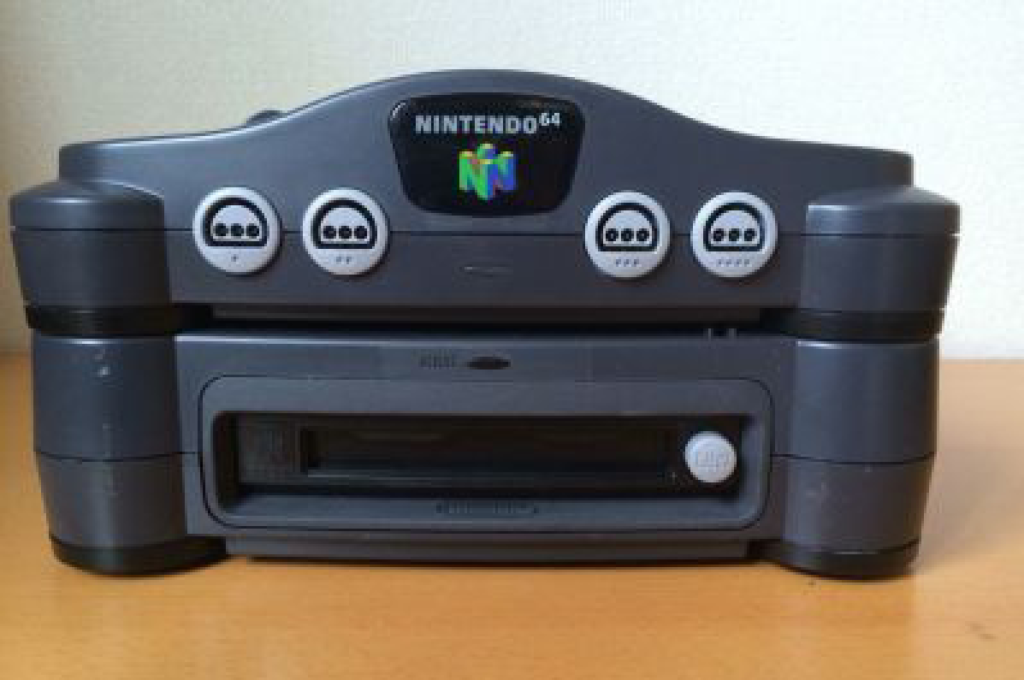
The story of what would become MOTHER 64 was inspired by the Notebook trilogy of novels written by Agota Kristof. The trilogy follows a pair of twins named Lucas and Claus, separated from their mother during World War II. The twins begin to learn to provide for themselves when their bond is challenged by the corrupted authority figures surrounding them. The books were translated and published in Japan between the years of 1991-1993, providing the foundation for not only the narrative but many of the themes that would be found in-game. Itoi describes the books as “very RPG-like” due to their first-person situational structure.
MOTHER 64 also starred a pair of twins named Lucas and Claus, sharing similar personality traits to the characters found in Kristof’s novels. Their family lived in a small, rural village called Tazmily where one day an unknown object appeared in a nearby cove, prompting Lucas’ father, Flint, to investigate. Strange circumstances led to another as unusual events began to occur in the Sunshine Forest, from sightings of searing crop circles and strangely-dressed people to the sound of frightening screams. Things were never to be the same for Tazmily after the invasion of the so-called “Pigmask Army”. This conflict would unite Lucas, Flint, their dog Boney, a thief named Duster, and a tomboy princess named Kumatora. The game was to span ten years and twelve chapters, though near the end of development this was quietly reduced to nine chapters.
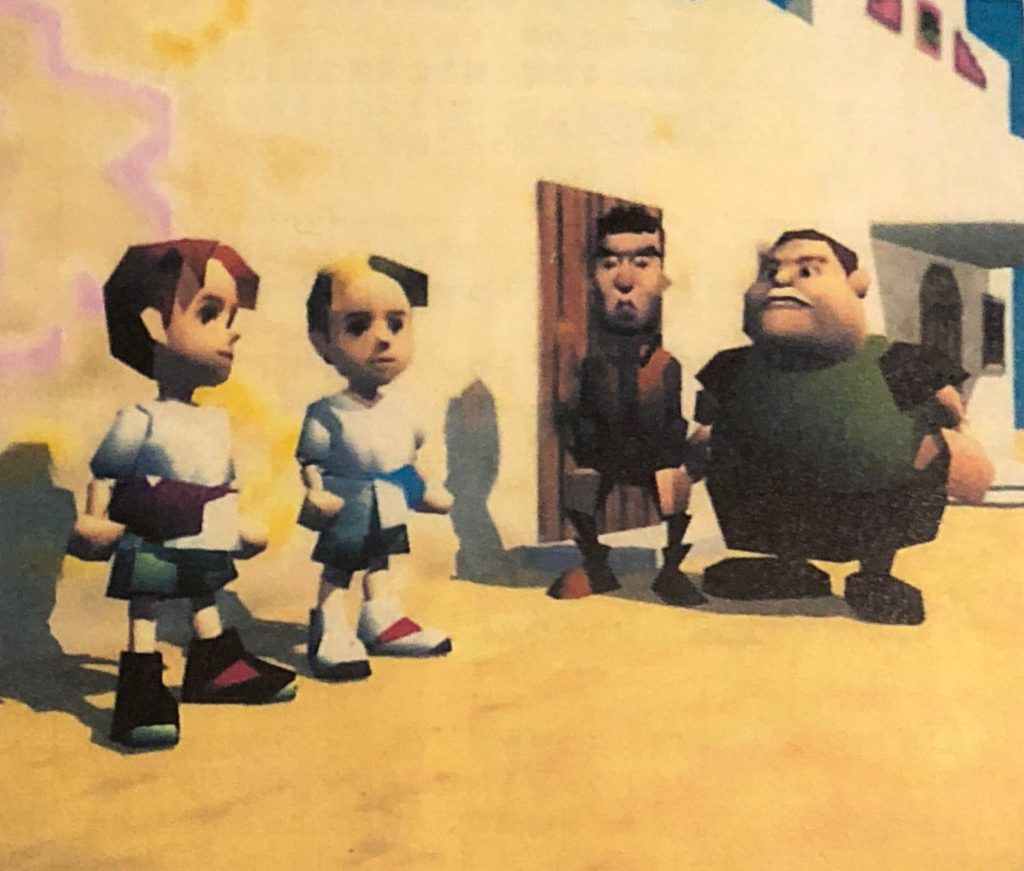
At Spaceworld 1997, the game underwent a transformation now holding the subtitle Forest of Strange Creatures, named so the developers could avoid a copyright claim somebody held on the word “chimera”. It was planned to be playable at this expo, but unfortunately, the staff could not realize that promise in time. Many sequences from the game were shown off, such as Flint talking to the locales in Tazmily, humorous battles against boars and dragons, Lucas riding several vehicles, and even a menacing kraken emerging in a cove to snag one of the villagers in its jaws. The reaction to these scenes were met with much excitement, with Computer and Video Games magazine claiming it to be “many times more impressive than Final Fantasy VII.”
Throughout the next year, the game was mostly advertised in Japan’s Dengeki Nintendo 64 magazine, with a brief showing at E3 1998 in North America. Surprisingly, the game re-emerged as a playable demo at Spaceworld 1999, this time under the final subtitle Fall of the Pig King. This ten-minute demo featured Flint exploring the village, a desert canyon, an underground cavern, and a forest. Players would battle bats, moths, poisonous snakes, boars, flying rats, Pigmask soldiers, and many more zany enemies while attempting to grasp the game’s new “rhythm combo” system. This system allowed for multiple attacks to be pulled off through timed button presses to the beat of the background music. Several cutscenes were also shown off, including a D.C.M.C. concert and Lucas and Claus washing downstream in a river after riding through an abandoned mineshaft. Players praised the graphics and music of the demo, despite some complaints about the abundance of non-interactive cutscenes.
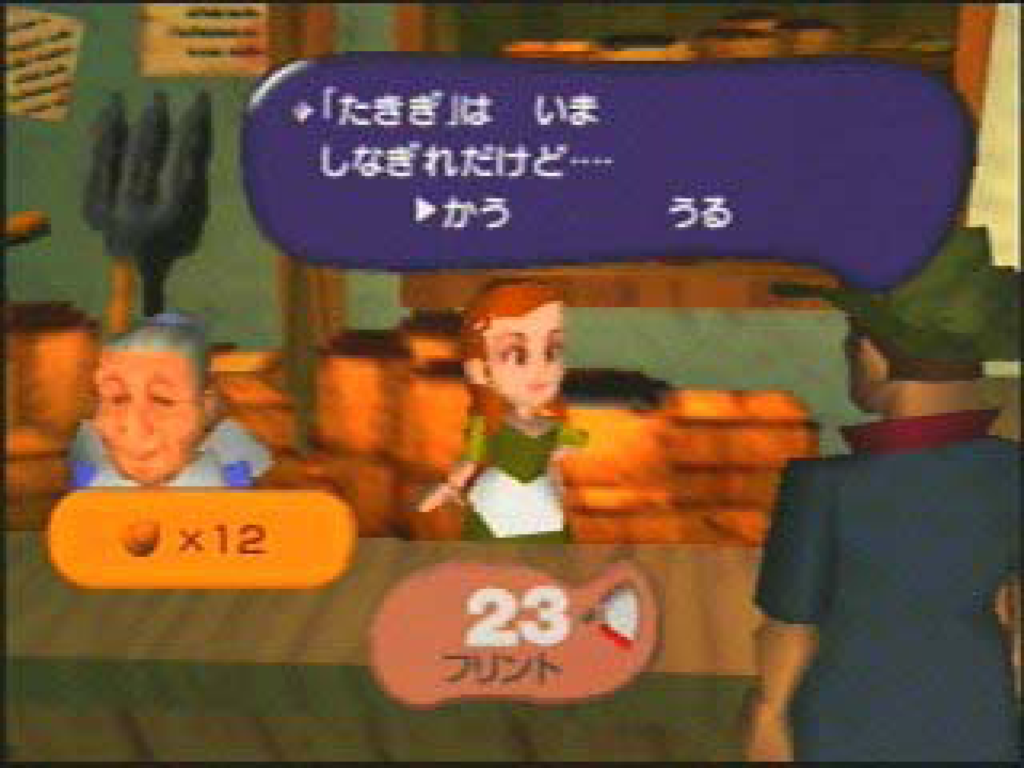
While the demo made it seem like the game was well on track for its projected May 2000 release, things started to seem grim once May passed with no news on the game. Those who had preorders were left in confusion; even Itoi himself began to doubt if the project would be commercially released. Despite help from the Pokémon Stadium team and six years of development, MOTHER 64 was canceled on August 22nd, 2000, due to the upcoming release of the GameCube. The team expressed they did not want to take resources away from the upcoming console. While percentages were thrown around to measure its completion, generally only pieces of programming and polish were left needed to complete the project. This amounted to an agreed estimation of one more year of work. Even though the team felt a sense of disappointment at not being able to release what they had done, Itoi himself did not give up hope on somehow realizing the story he wanted to tell. While ideas of a movie, novel, or play were considered, eventually the third MOTHER game found its home on the Game Boy Advance, retaining the same scenario and characters as the original Nintendo 64 version.
In-Game Screenshots
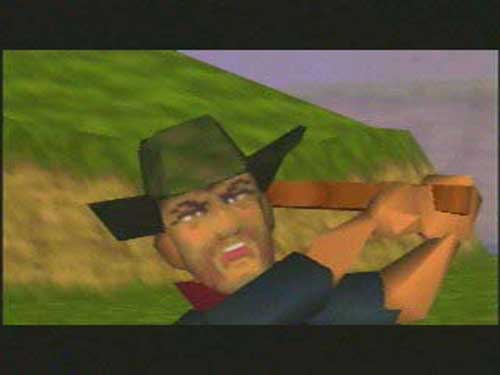
The usually calm and collected Flint raises his two-by-four in aggravation! Just what could he be upset about…?

Father and son unite inside of this glamorous-looking chamber! A spotlight shines upon Wess as he pleads Duster to turn around, due to embarrassment. What a strange case of stage fright!
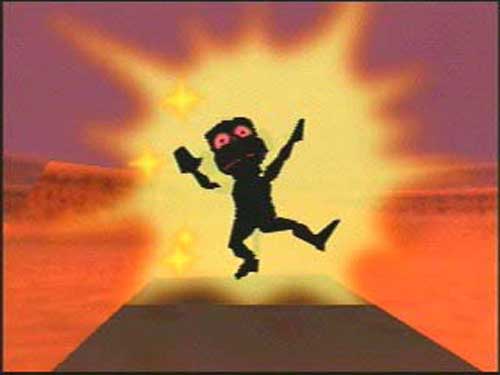
Ouch! The surge of electricity flows painfully through Salsa’s body; be careful not to look into his bloodshot eyes! What did the poor monkey ever do to deserve this?
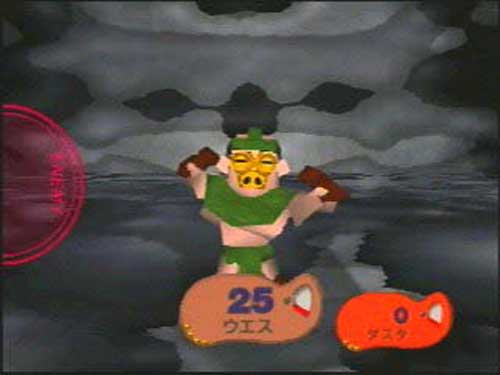
The proud, flexing Pigmask trooper battles Wess, just barely hanging on after Duster was knocked out of commission.
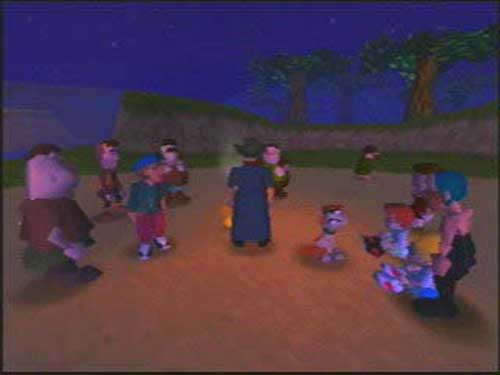
The townsfolk gather by a campfire late at night in the Sunshine Forest. Flint warms up surrounded by his loved ones, the twins being tended over his right shoulder and Duster to his left. An ominous feeling in the air lingers…
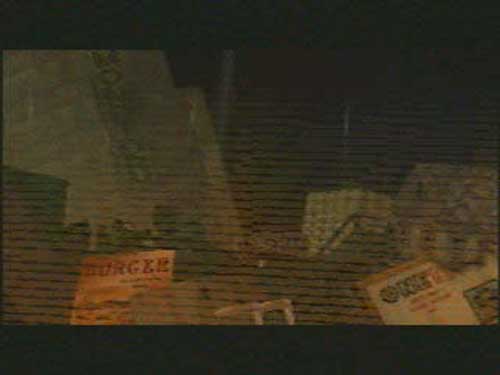
The ground trembles as entire buildings crumble into a pile of devastation! Familiar locales from the previous MOTHER games can be seen, such as the Monotoli Building and Onett sign. Could this be a grim reflection of the past or is there more than meets than eye?
Additional Links & Information
History and Background of MOTHER 64/EarthBound 64
An entire historical breakdown of MOTHER 64/EarthBound 64, from its initial conception, ideas, and production, to its heartbreaking cancellation. Information regarded here is Shigesato Itoi’s ideals for the game, the control scheme, and other information found by fans of the series. This section is subject to change at any time, so be sure to check it every now and then.
Screenshots and Images
Cancellation
A page dedicated to covering the cancellation of MOTHER 64/EarthBound 64. Included here is generalized information about the cancellation, Itoi’s letter regarding the game’s cancellation, and information for what was to come in the future. There are also quotes from Shigeru Miyamoto, Shogo Sakai, and a few others who addressed and worked alongside Itoi in this project. Neat stuff!
Spaceworld 1999 Demo and Reviews
Page Contributors
Echoes – Writer
8lackSphinx – Editor
Find any errors or want to contribute? Let us know in our Discord!



